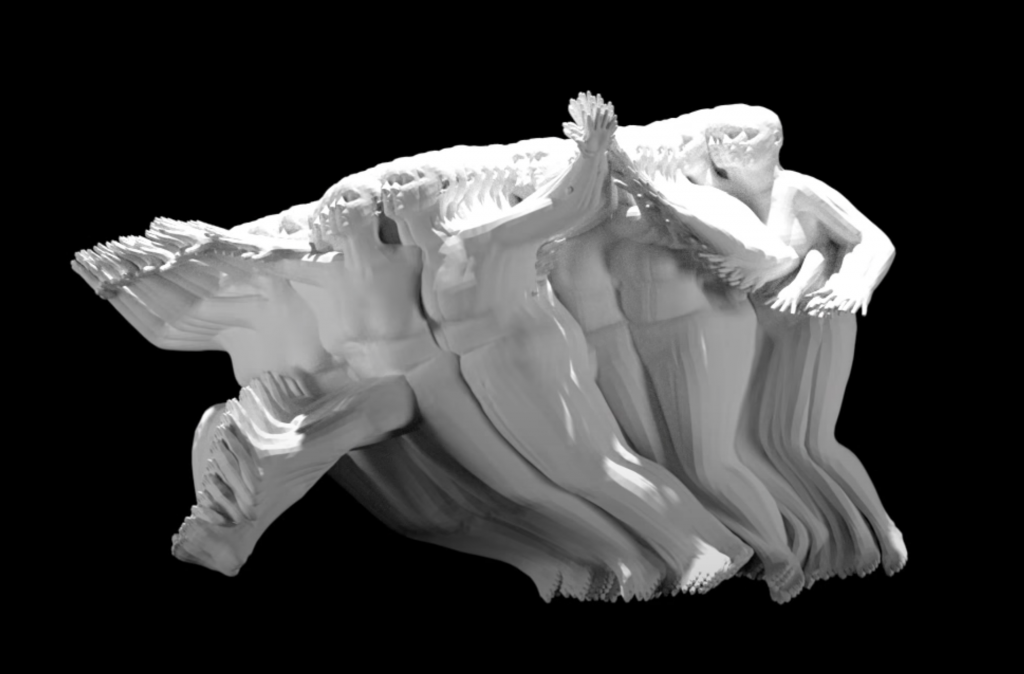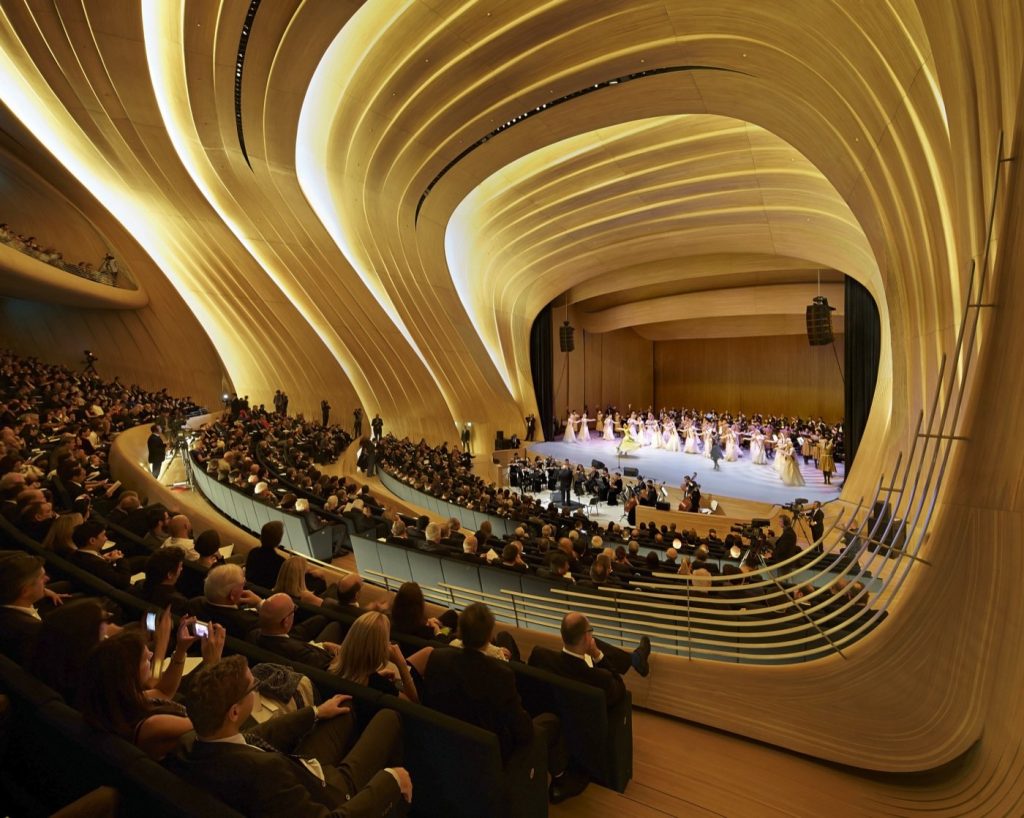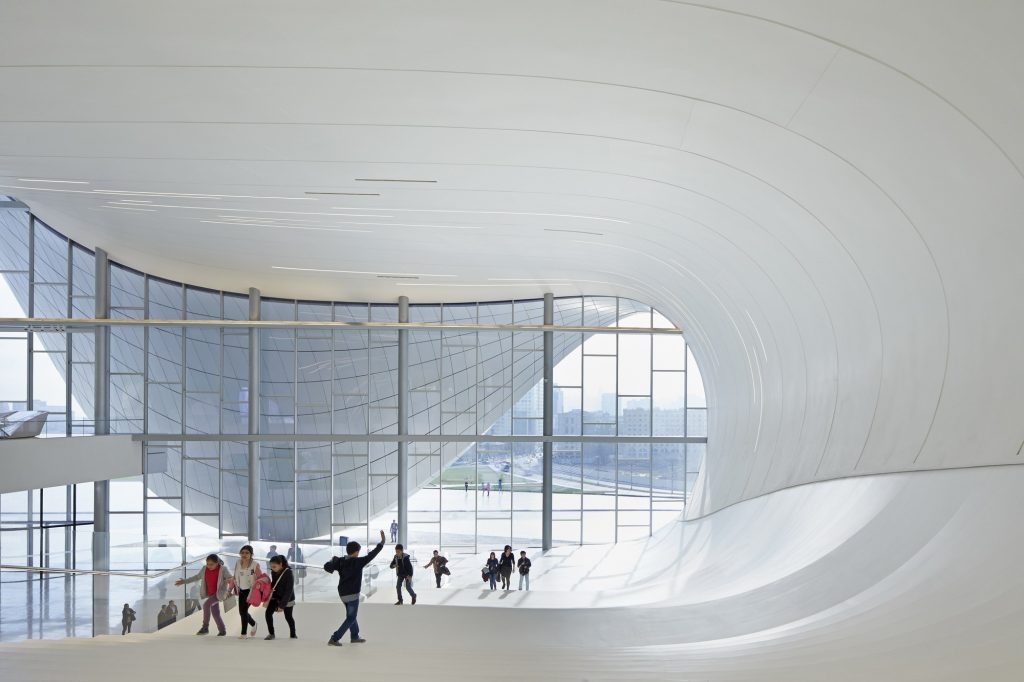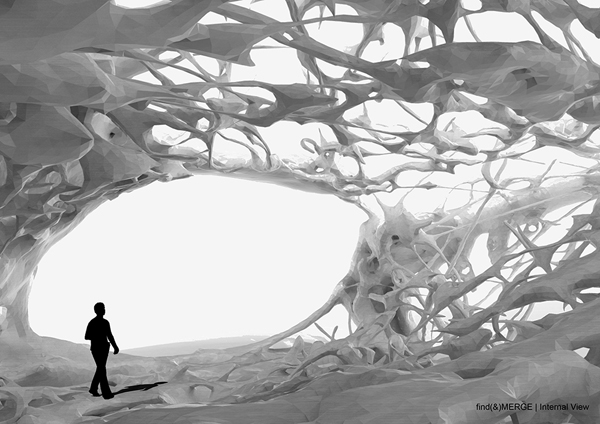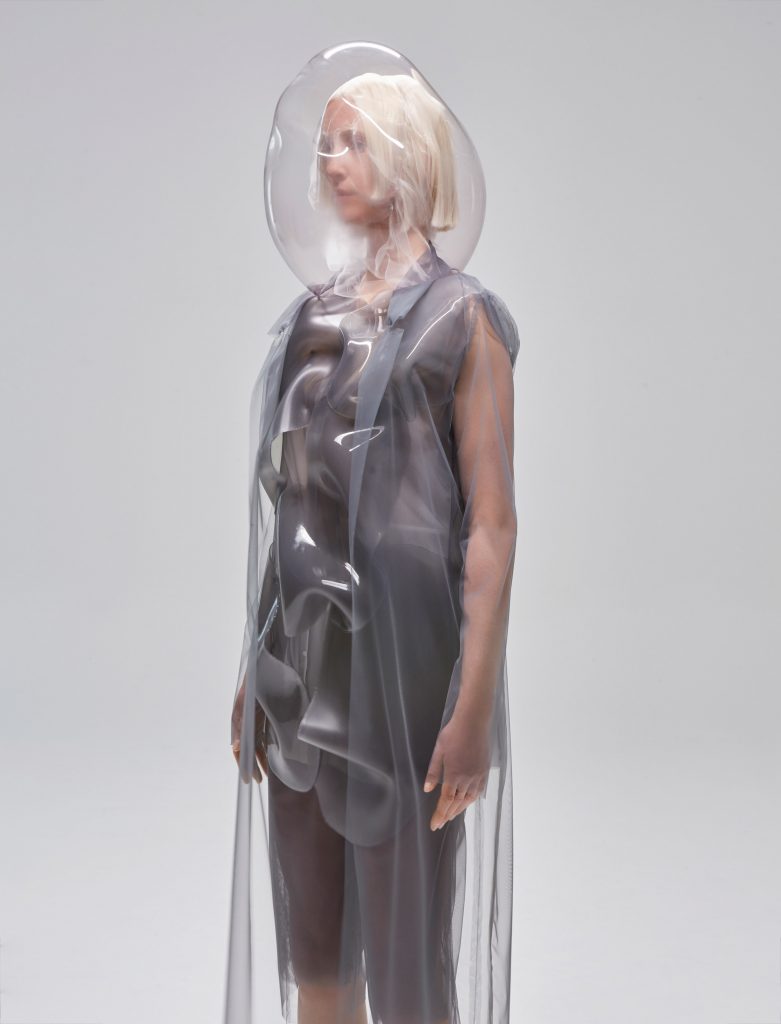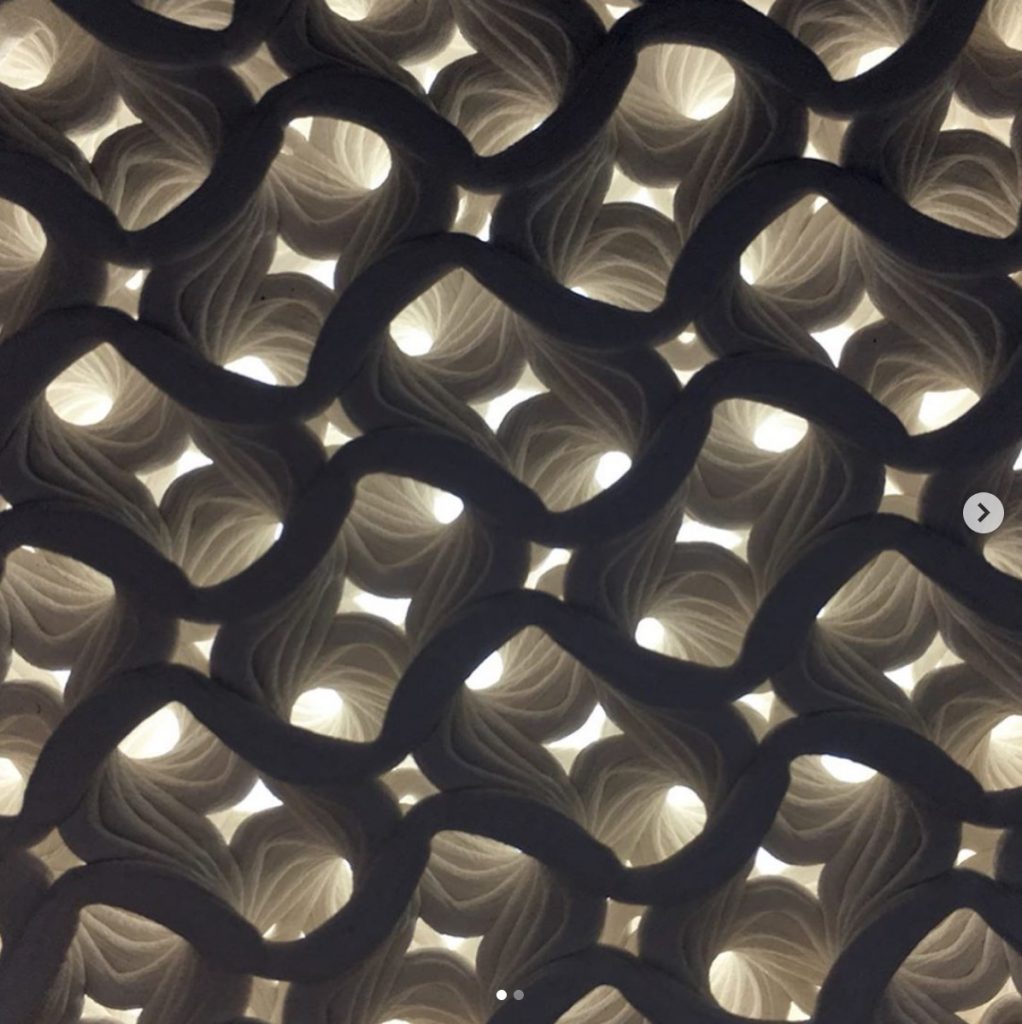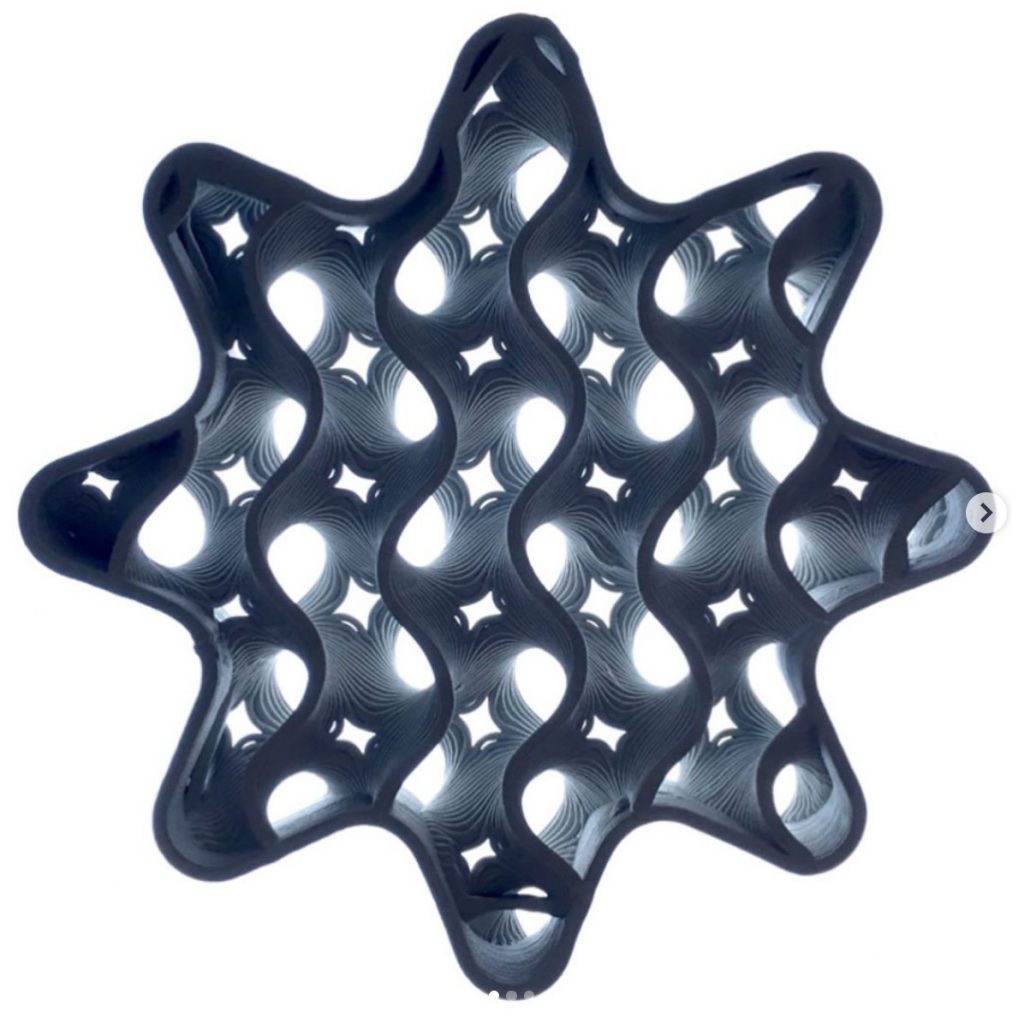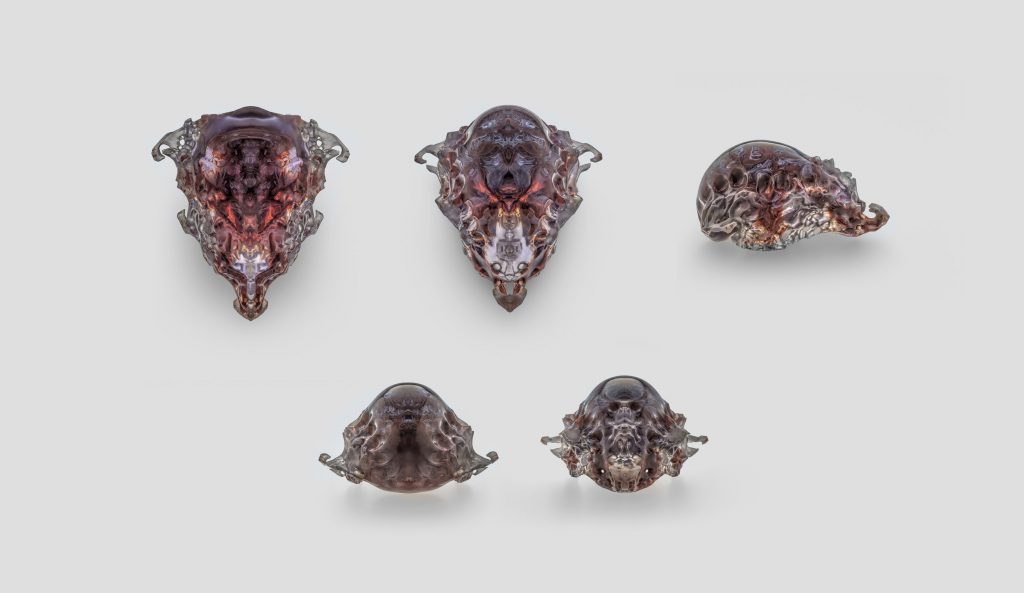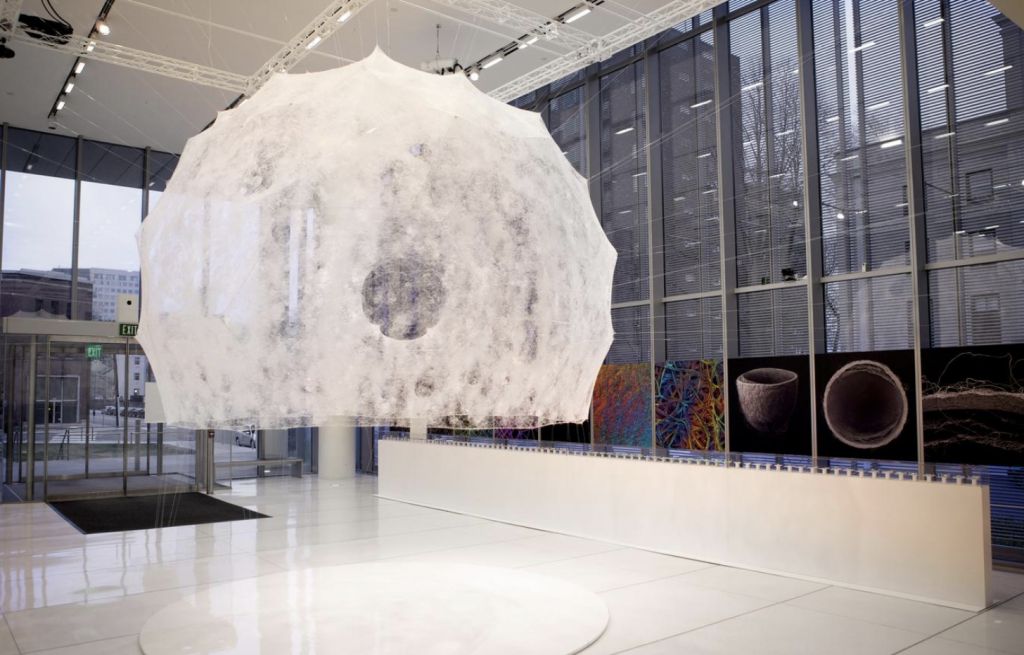Floraform by Nervous System (2014) first caught my attention because of its aesthetics and practical application in beautiful flower-inspired jewelry, sculptures, and animations. Reading more into it, I became even more inspired knowing that the generative jewelry pieces were based on extensive scientific research into the way flowers grow and the differential system. The designers took into consideration the effects of physics, environmental factors, collision detection, growth patterns, and more. At first, I was skeptical at anyone’s ability to replicate nature, as I’ve grown to understand that anything “natural” is imperfect, but the thoroughness of the project site and the practical, commercial outcome made me appreciate the initiative and its respect to reality.
Although a ton of scientific research went into creating the final products of Floraform, a lot of artistic license were taken in the way the floral system is represented visually and made into pieces of art. Nervous System creates their own software system to visualize their creations, but I can assume that it resembles a 3-D modeling software but with the capabilities of incorporating custom algorithms in accordance to the different natural considerations they made.
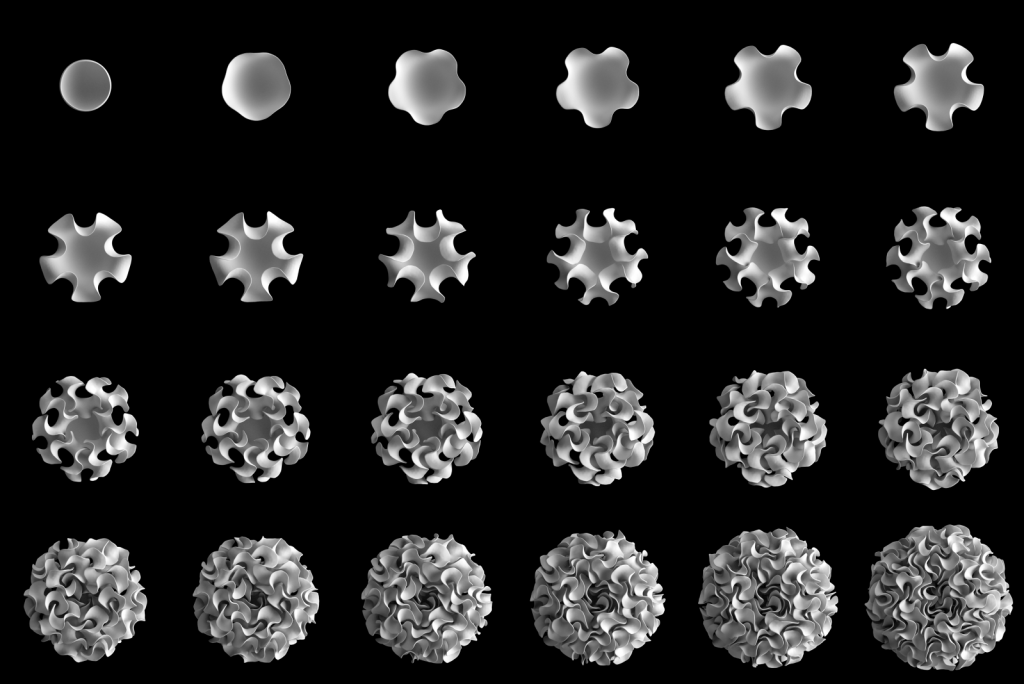
![[OLD FALL 2020] 15-104 • Introduction to Computing for Creative Practice](../../../../wp-content/uploads/2021/09/stop-banner.png)
